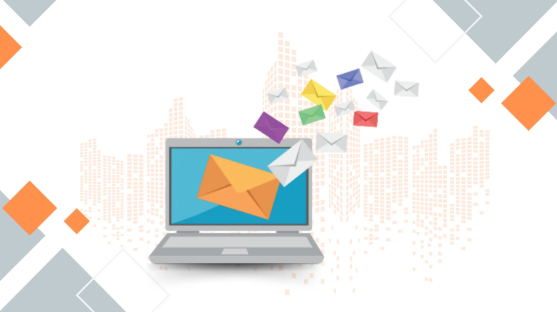Cold emailing is the practice of sending unsolicited emails to individuals or businesses with whom you have no prior relationship, with the intent of initiating a conversation, promoting a service, or generating leads. Unlike spam, cold emails are personalized, targeted, and often used in B2B outreach to build real, professional connections.
Cold emailing is a proven outbound strategy used by startups, freelancers, sales reps, and agencies to connect with decision-makers. When done correctly, it’s not intrusive; it’s strategic communication designed to solve a problem or introduce value.
This blog will thoroughly help you understand what is cold emailing and how it works. Keep reading to find out.
Why Cold Emailing Works?
1. Direct Access to Decision-Makers
Unlike ads or social media, cold emailing lands directly in a recipient’s inbox. This gives you a unique opportunity to reach high-level professionals who may not be reachable via other channels.
2. Scalable Yet Personal
With the right cold emailing tool, you can personalize hundreds of emails using smart variables like name, company, or pain point. This balances automation and authenticity, making your outreach feel 1-on-1—even at scale.
3. Cost-Effective Lead Generation
Cold emailing is low-cost compared to paid advertising. All you need is a well-researched list, a solid email copy, and an outreach tool. This makes it ideal for small businesses or anyone working with limited budgets.
How to Write a Cold Email That Gets Results?
1. Write a Strong Subject Line
The subject line is your first impression. Keep it short, relevant, and curiosity-driven. Avoid salesy phrases and spam triggers. Instead of “Exclusive Offer Inside,” try “Quick Question About [Company Name]” or “Idea for Improving Your [Department/Process].”
2. Start With a Personalized Opening
Show the recipient that you did your homework. Mention their role, a recent company update, or a shared connection. This breaks the ice and increases your chances of getting a response.
3. State Your Value Clearly
Don’t beat around the bush. After the opener, explain what you do and how it helps. Focus on benefits, not features. Think “We help SaaS teams reduce churn by 30%” rather than “We offer a customer retention platform.”
4. Include a Simple Call-to-Action (CTA)
End with a clear next step. This could be scheduling a 10-minute call, replying with interest, or even just asking a question. Keep it low-pressure and easy to say yes to.
5. Use Signature With Contact Info
Include your full name, role, company, website, and a LinkedIn link. A professional sign-off adds credibility and makes it easy for the recipient to verify who you are.
Cold Email Outreach Best Practices
Follow these cold email outreach best practices to improve your cold email results.
1. Follow Up
Most responses come after follow-ups. Set a sequence of 3–5 emails spaced a few days apart. Change the wording, add new value, and keep it polite. Persistence pays off.
2. Avoid Spam Triggers
Stay away from phrases like “Buy now,” “Limited offer,” or “Free trial.” These can land your emails in spam. Also, avoid using too many links, all caps, or attachments in your initial email.
3. Verify Email Addresses
Use an email verification tool to clean your list and reduce bounce rates. High bounce rates hurt your sender reputation and impact deliverability.
4. Track Metrics
Use a cold emailing tool that tracks open rates, click-throughs, replies, and bounces. This helps you test different messages and optimize what’s working.
Tools to Help With Cold Emailing
A good cold emailing tool does more than just send messages. It should offer personalization, automation, inbox rotation, analytics, and deliverability safeguards.
Many platforms allow integration with CRMs, LinkedIn, and other prospecting tools, giving you a full workflow from research to follow-up. Choose a tool that supports A/B testing, spam detection, and domain warm-up.
Examples of Cold Email Use Cases
-
Sales Prospecting: Reaching out to leads who match your ICP (Ideal Customer Profile)
-
Partnerships: Proposing collaborations with other brands or influencers
-
Recruitment: Contacting potential hires directly
-
Media Outreach: Pitching journalists or bloggers for coverage
-
Investor Outreach: Connecting with VCs and angels for funding conversations
Common Mistakes to Avoid
-
Sending bulk emails with no personalization
-
Writing long, salesy messages that overwhelm the reader
-
Targeting the wrong audience or using unverified contact data
-
Ignoring follow-ups or ending a sequence too soon
-
Not tracking replies and engagement metrics
Final Thoughts
Now that you understand what is cold emailing, it’s clear that this method, when done right, is a powerful outbound tool. It’s about building genuine connections, offering real value, and mastering the art of thoughtful communication.
Whether you’re learning how to write a cold email, exploring cold email outreach best practices, or choosing the right cold emailing tool to scale your efforts, success lies in personalization, timing, and relevance. Cold emailing is not just sending emails; it’s opening doors.

